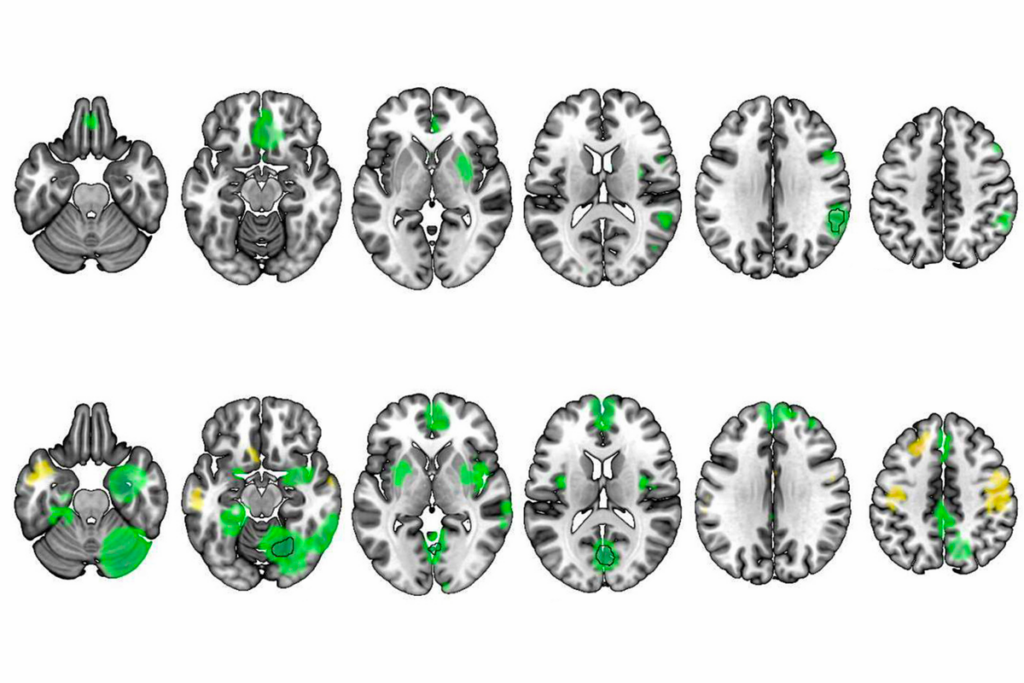Keeping score
An effort to rank autism genes on the strength of the evidence implicating them in the disorder will provide researchers with a focused list of genes to study, says Alan Packer.
There are many, many genes implicated in autism risk now, but the attention of the research community is far from evenly distributed across genes with the same degree of evidence.
Of even greater concern, many genes that have only a minimal amount of evidence implicating them in autism risk are more heavily studied than some genes with more compelling evidence.
A paper my collaborators and I published 3 October in Molecular Autism identifies this imbalance and, as the first step to correcting it, offers a resource: SFARI Gene1.
SFARI Gene is the Simons Foundation’s collaborative effort with Sharmila Banerjee-Basu and her colleagues at Mindspec, Inc to annotate autism susceptibility genes. We first launched SFARI Gene in 2008. (The Simons Foundation is SFARI.org’s parent organization.) As it has matured, it has become a well-used resource, and is frequently cited in papers on the genetics of autism.
In addition to being comprehensive, however, our goal has always been to provide a critical assessment of the strength of the evidence implicating these genes. Toward that end, I’m pleased to announce recent developments in our ‘gene scoring’ initiative.
A couple of years ago we began an effort to develop a set of criteria by which to judge the relevance of a particular gene to autism risk. A group of six geneticists came up with strict criteria, requiring gold-standard statistical genetic evidence to place a gene in one of the top categories.
Last month, we added scores for those genes identified in the batch of papers published last year that sequenced exomes — the protein-coding portions of the genome — and resequenced candidate genes2-6. Our advisors added several genes to the top categories, including one, CHD8, that is the first ‘high-confidence’ risk gene on the list.
As exome-sequencing results in autism continue to accumulate, we anticipate placing a growing number of genes in the top categories. These data will provide the autism research community with a focused list of genes that would be the most fruitful to study.
This kind of evidence-based focus on a subset of autism susceptibility genes is beginning to filter into the literature, as two examples from the past year demonstrate7, 8, and we are aware of others in press.
The gene-scoring effort also provides opportunities for additional analysis, as highlighted in an exchange with Ian King in a SFARI.org article published on 23 September. King is the first author of a Nature paper published earlier in September, showing that autism risk genes tend to be longer than average, and their expression more susceptible to disruptions in enzymes called topoisomerases9.
Strikingly, according to King’s follow-up analysis, the longer a gene, the stronger its link to autism as defined by the gene-scoring categories.
The scoring process on SFARI Gene is ongoing, and in the near future we hope to make it semi-automated. This will allow us to keep up with the literature in a more timely fashion.
In the meantime, we invite all users to submit their own scores, watch the video tutorials and contact us at [email protected] with questions or comments.
Alan Packer is senior scientist at the Simons Foundation Autism Research Initiative.
References:
- Abrahams B.S. et al. Mol. Autism 4, 36 (2013) PubMed
- Sanders S.J. et al. Nature 485, 237-241 (2012) PubMed
- Neale B.M. et al. Nature 485, 242-245 (2012) PubMed
- O’Roak B.J. et al. Nature 485, 246-250 (2012) PubMed
- Iossifov I. et al. Neuron 74, 285-299 (2012) PubMed
- O’Roak B.J. et al. Science 338, 1619-1622 (2012) PubMed
- Wang T. et al. Hum. Mol. Genet. 21, 5500-5510 (2012) PubMed
- Provenzano G. et al. Dis. Markers 33, 225-239 (2012) PubMed
- King I.F. et al. Nature 501, 58-62 (2013) PubMed
Recommended reading

Expediting clinical trials for profound autism: Q&A with Matthew State

Too much or too little brain synchrony may underlie autism subtypes
Explore more from The Transmitter

Emotional dysregulation; NMDA receptor variation; frank autism

Anti-seizure medications in pregnancy; TBR1 gene; microglia

